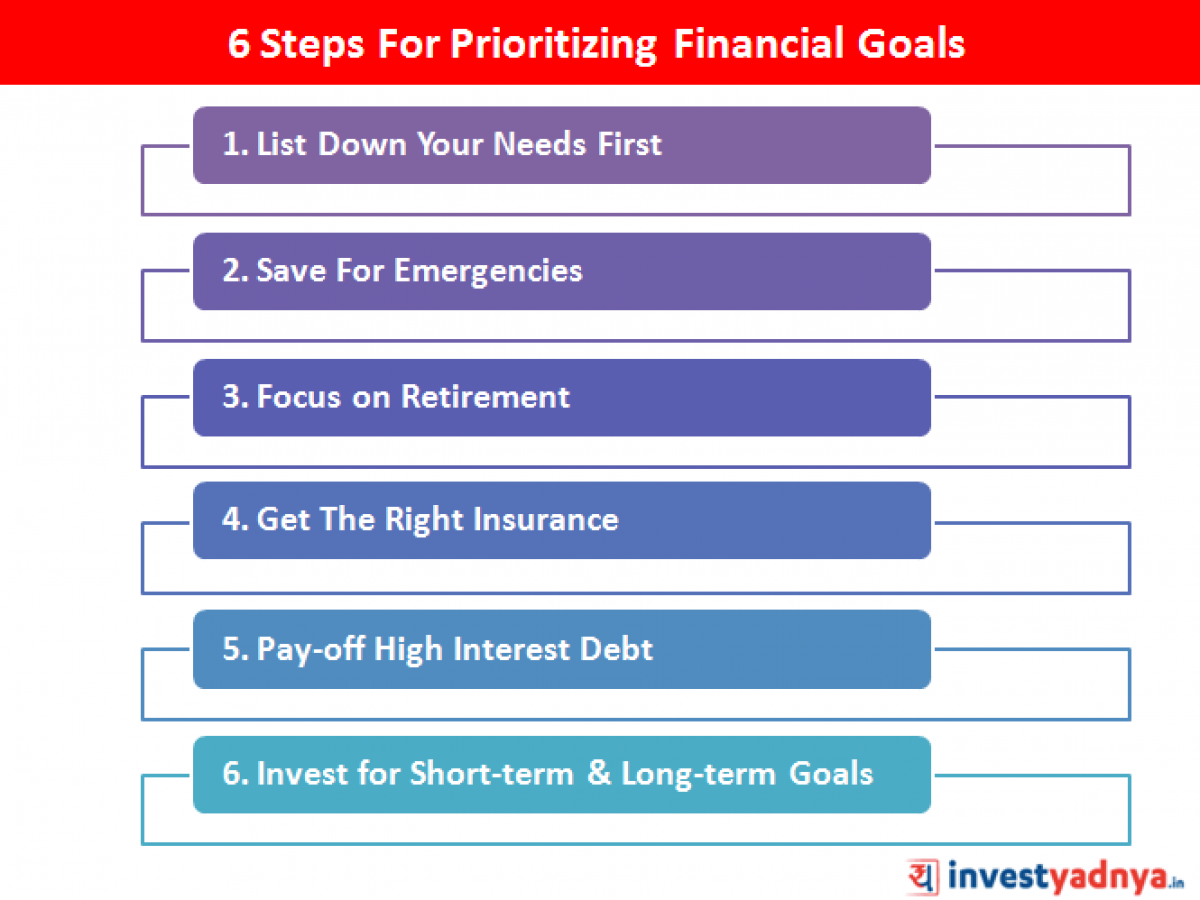
If you are looking for advice on how to invest money, it is important to decide whether an investment adviser or financial advisor should be hired. They are both licensed professionals. However, there are differences. The most important difference between them is their fee structure. A retainer fee is charged by an investment advisor. It is usually a percentage on the assets that they manage. This fee typically ranges between one to two percent and decreases as your portfolio grows.
Fiduciary duty
A client's fiduciary duty is maintained between an investment adviser (and his client) by an advisor who acts with the greatest degree of good will and unwavering loyalty. Advisors must disclose any conflicts of interest to clients and not take advantage of client assets. This duty may be breached and the SEC can impose sanctions, including the suspension of the firm's registration and a multimillion-dollar disgorgement.
This duty was recognized in SEC. v. Capital Gains. Courts have however questioned the extent to which an advisor has a duty to a client. However, the court has ruled that investment advisers have a fiduciary responsibility to clients and must act in their best interest. This duty of care does not include investment strategies or disclosure. Financial advisors will be able and willing to help clients if they have good faith intentions.

Hourly rate
It is not uncommon to ask financial advisors what they charge their clients. You may get a discount if your family has many investments or you have a large investment portfolio. You may be able to get a discount if your advisors are the same. Others are upfront about how much they charge. You should be able inquire about hidden fees and the basis of the fee for your portfolio.
Depending on your needs, advisory fees could range from 1.3-1.4 percent of your annual net worth or income. Fees for financial advisors are generally based on the value of your investable assets. A flat rate may be cheaper than a fee that is based only on your portfolio's AUM. However, if you are involved in your portfolio, you may be able to negotiate a fixed fee.
Annual fee
There are many variables to consider when comparing an investment advisor's cost. Although the standard fee structure is 1% for assets under management, many industries have breakpoints that allow for a reduced annual fee for clients with higher assets. While some advisors charge more for small accounts than others, others charge significantly less for clients with high net worth.
The all-in cost for management includes transaction and underlying costs. This is a way to compare costs. AUM fees are usually higher than the fees charged by financial advisors. This is due to the fact they incur various platform costs and other costs for investing your money. An inside information study found that the true all-in cost of an advisor is 1.65% of AUM. This is still a substantial difference and it is crucial to compare fees with underlying costs.

Regulations
The relationship between a financial advisor and his or her client is a special one. The SEC says that an investment advisor has a fiduciary relationship with the client. They must act in the client’s best interest. The advisor must notify the client of all conflicts of interests and ensure that they do not affect the advice provided to them. The SEC has made it clear that these rules exist to protect investors and not make the profession untrustworthy.
There are many types of RIAs. While some RIAs charge a flat fee, others receive a commission to sell their clients' financial products. Fee-only advisors generally charge low fees. Commission-based advisors, however, receive commissions from sales of financial products (such as insurance policies and securities). However, all SEC-registered financial advisers are required to act in the client's best interest.
FAQ
How much do I have to pay for Retirement Planning
No. All of these services are free. We offer free consultations so we can show your what's possible. Then you can decide if our services are for you.
What age should I begin wealth management?
The best time to start Wealth Management is when you are young enough to enjoy the fruits of your labor but not too young to have lost touch with reality.
The earlier you start investing, the more you will make in your lifetime.
If you are thinking of having children, it may be a good idea to start early.
Savings can be a burden if you wait until later in your life.
What is wealth management?
Wealth Management is the practice of managing money for individuals, families, and businesses. It includes all aspects of financial planning, including investing, insurance, tax, estate planning, retirement planning and protection, liquidity, and risk management.
What is a Financial Planning Consultant? And How Can They Help with Wealth Management?
A financial planner can help you make a financial plan. They can help you assess your financial situation, identify your weaknesses, and suggest ways that you can improve it.
Financial planners are trained professionals who can help you develop a sound financial plan. They can give advice on how much you should save each monthly, which investments will provide you with the highest returns and whether it is worth borrowing against your home equity.
Financial planners typically get paid based the amount of advice that they provide. However, there are some planners who offer free services to clients who meet specific criteria.
Statistics
- US resident who opens a new IBKR Pro individual or joint account receives a 0.25% rate reduction on margin loans. (nerdwallet.com)
- If you are working with a private firm owned by an advisor, any advisory fees (generally around 1%) would go to the advisor. (nerdwallet.com)
- A recent survey of financial advisors finds the median advisory fee (up to $1 million AUM) is just around 1%.1 (investopedia.com)
- These rates generally reside somewhere around 1% of AUM annually, though rates usually drop as you invest more with the firm. (yahoo.com)
External Links
How To
How to invest your savings to make money
You can get returns on your capital by investing in stock markets, mutual funds, bonds or real estate. This is called investment. It is important to realize that investing does no guarantee a profit. But it does increase the chance of making profits. There are many options for how to invest your savings. One of these options is buying stocks, Mutual Funds, Gold, Commodities, Real Estate, Bonds, Stocks, ETFs, Gold, Commodities, Real Estate, Bonds, Stocks, Real Estate, Bonds, and ETFs. These methods are discussed below:
Stock Market
Stock market investing is one of the most popular options for saving money. It allows you to purchase shares in companies that sell products and services similar to those you might otherwise buy. The stock market also provides diversification, which can help protect you against financial loss. If oil prices drop dramatically, for example, you can either sell your shares or buy shares in another company.
Mutual Fund
A mutual funds is a fund that combines money from several individuals or institutions and invests in securities. They are professionally managed pools, which can be either equity, hybrid, or debt. A mutual fund's investment objectives are often determined by the board of directors.
Gold
Gold is a valuable asset that can hold its value over time. It is also considered a safe haven for economic uncertainty. It is also used as a form of currency in some countries. The increased demand for gold from investors who want to protect themselves from inflation has caused the prices of gold to rise significantly over recent years. The supply-demand fundamentals affect the price of gold.
Real Estate
Real estate includes land and buildings. Real estate is land and buildings that you own. Rent out a portion your house to make additional income. The home could be used as collateral to obtain loans. The home could even be used to receive tax benefits. You must take into account the following factors when buying any type of real property: condition, age and size.
Commodity
Commodities include raw materials like grains, metals, and agricultural commodities. These commodities are worth more than commodity-related investments. Investors who want to capitalize on this trend need to learn how to analyze charts and graphs, identify trends, and determine the best entry point for their portfolios.
Bonds
BONDS ARE LOANS between governments and corporations. A bond can be described as a loan where one or both of the parties agrees to repay the principal at a particular date in return for interest payments. When interest rates drop, bond prices rise and vice versa. An investor buys a bond to earn interest while waiting for the borrower to pay back the principal.
Stocks
STOCKS INVOLVE SHARES of ownership within a corporation. Shares represent a small fraction of ownership in businesses. You are a shareholder if you own 100 shares in XYZ Corp. and have the right to vote on any matters affecting the company. When the company earns profit, you also get dividends. Dividends are cash distributions paid out to shareholders.
ETFs
An Exchange Traded Fund (ETF), is a security which tracks an index of stocks or bonds, currencies, commodities or other asset classes. ETFs trade just like stocks on public stock exchanges, which is a departure from traditional mutual funds. The iShares Core S&P 500 (NYSEARCA - SPY) ETF is designed to track performance of Standard & Poor’s 500 Index. If you purchased shares of SPY, then your portfolio would reflect the S&P 500's performance.
Venture Capital
Venture capital is private financing venture capitalists provide entrepreneurs to help them start new businesses. Venture capitalists finance startups with low to no revenue and high risks of failure. Venture capitalists invest in startups at the early stages of their development, which is often when they are just starting to make a profit.